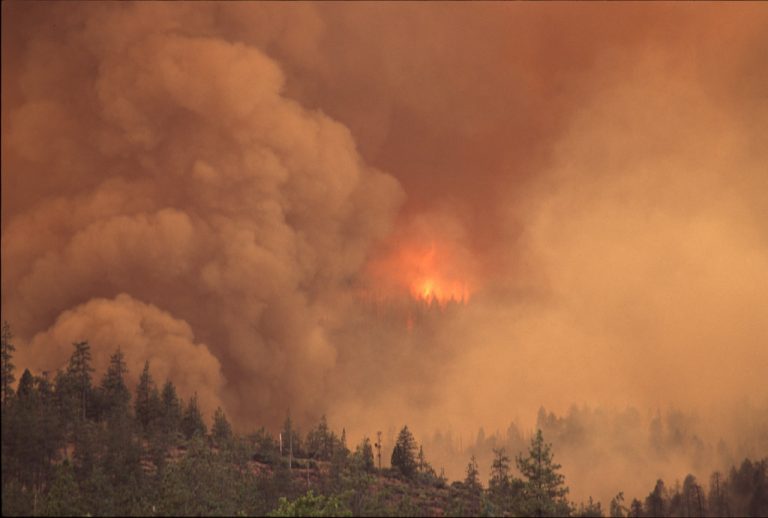Published on April 7, 2020

Recent years have brought unusually large and damaging wildfires to the Pacific Northwest – from the Carlton Complex Fire in 2014 that was the largest in Washington’s history, to the 2017 fire season in Oregon, to the 2018 Maple Fire, when normally sodden rainforests on the Olympic Peninsula were ablaze. Many people have wondered what this means for our region’s future.
A University of Washington study, published this winter in Fire Ecology, takes a big-picture look at what climate change could mean for wildfires in the Northwest, considering Washington, Oregon, Idaho and western Montana.
“We can’t predict the exact location of wildfires, because we don’t know where ignitions will occur. But based on historical and contemporary fire records, we know some forests are much more likely to burn frequently, and models can help us determine where climate change will likely increase the frequency of fire,” said lead author Jessica Halofsky, a research scientist at the UW School of Environmental and Forest Sciences and with the U.S. Forest Service.
“We’re on the cusp of some big changes. We expect that droughts will become more common, and the interaction of climate and fire could look very different by the mid-21st century,” said David Peterson, professor at the UW School of Environmental and Forest Sciences. “Starting the process of adapting to those changes now will give us a better chance of protecting forest resources in the future.”
Continue reading at UW News.
Originally written by Hannah Hickey for UW News.